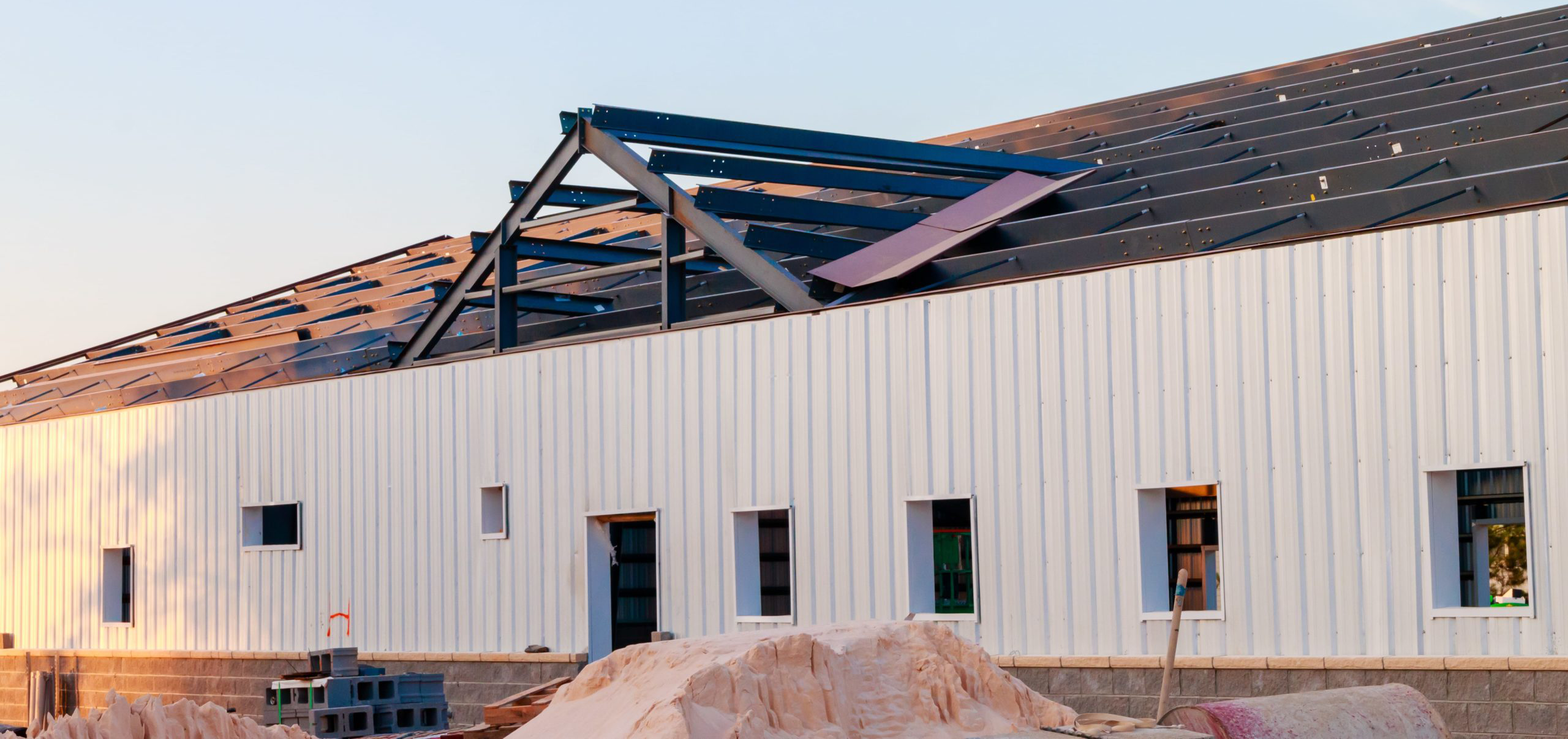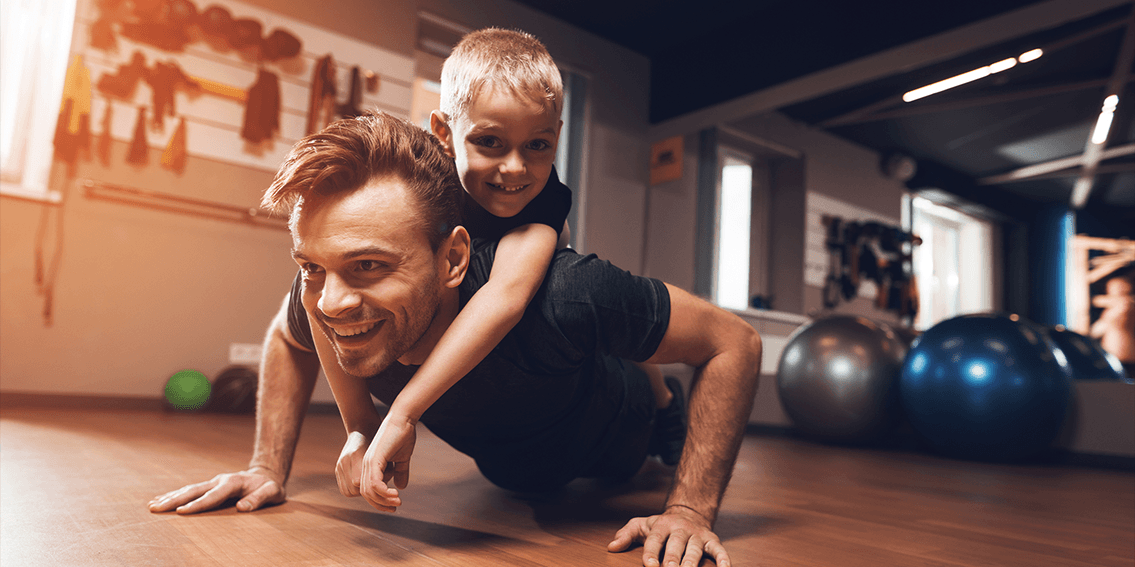
How To Build An At-Home Gym

It’s no secret that fitness-related goals are the most popular New Year’s Resolutions set time after time. But most people won’t even make a dent in their resolutions. In fact, more than half of all people who set those goals on January 1st will fall off track come January 15th. Ouch. But that isn’t to say that you should stop setting resolutions altogether. We all just need to start setting ourselves up for success.
If you’re setting a resolution to lose weight, get healthy, run a marathon, or hit a new personal record in the weight room in the new year, let’s paint a picture of how NOT to succeed: you spend 8 hours a day at work, drive home to get changed and grab your gym bag, sit in traffic for thirty minutes to get to the gym, spend half your time there waiting for your preferred machines to become available, drive thirty more minutes home, and barely have enough time to shower and eat dinner before it’s time to go to bed and do it all over again.
People who stick to their fitness resolutions throughout the year do so because they set themselves up to succeed. They put routines and tools in place to make it easy to get some cardio in, lift weights after work, or do a quick workout video before the kids get home from school. Building a home gym that doesn’t require you to pack up and leave the house comes with benefits.
- It’s a real time saver. By cutting out the gym commute and the need to wait on others, you can spend more time working out and less time worrying about everything else that needs to be done. Plus, it’s a great option for people with kids. You can stay home and keep them occupied all while taking some time to focus on your own personal health.
- You’ll save money. Creating an in-home gym can be daunting if you assume the initial investment will be too much. But full-service gyms are often incredibly expensive, and over the years, your home gym will more than pay itself off.
- It’s a no-pressure situation. Many people would instead leave the gym early or not go at all than risk being judged by fitness gurus. When the gym is just outside your bedroom, you don’t have to worry about getting dressed, being watched, or feeling the pressure to finish up on a machine so someone else can use it. Plus, you can put whatever you want on the TV, and watch it at full volume. It’s a win-win.
First, you’ll need to find a space at home that you can dedicate to your workouts. This is often the most challenging part. After all, not everyone has an extra room in their home that’s just waiting to be transformed into a fitness studio. If you’re becoming an empty nester or just upgraded to a home with square footage, it may be easier for you to find the space for cardio machines, weights, or a smart TV for watching guided workouts. If not, try looking outside the home. A prefabricated metal outbuilding is a cost-effective way to add square footage, and beautiful facades can create the perfect match to your current exterior design.
How much space will you need? This is where things get a little trickier. It depends on the type of workout that suits your particular needs. If you like to lift heavy at home, your equipment will undoubtedly be a little bit bulkier. If you mostly use body weight to work out, you won’t need all those larger bells and whistles. But one thing is for sure: when it comes to building a home gym, you’ll want to sort out your equipment first, and then work the building design around that. If you work the other way around, you might find yourself struggling to use equipment safely in a cramped, ill-prepared space.
What kind of equipment does my home gym need?
Your local gym is stocked with cardio machines, lifting mechanisms, toning devices, and everything in between. But when creating your mini-gym at home, you might be surprised to know that you don’t always need the most high-tech, space-stealing equipment. Some of the most effective fitness tools only take up mere inches of space. If you’re trying to work within a small budget, focus on fitness tools that can pull double duty, all while being stored away on a shelf when not in use.
- Jump ropes offer bursts of cardio without taking up the space of a treadmill.
- Foam rollers are useful for core exercises when they’re not massaging sore muscles, and take up far less space than an exercise ball.
- Resistance bands come in a variety of thicknesses to act as a set of dumbbells without the need to store weights.
If you love to incorporate the latest tech in your workouts, the Mirror is an excellent tool for saving space, learning new moves, and maintaining flawless form. This mirrored smart TV uses a subscription service to give you guided workout videos at home, all while teaching you perfect form. It mounts on the wall, taking up virtually no space. And all you need are the minimum workout supplies listed above, plus a yoga mat to keep you protected from the hard floor.
How do I create a weight-lifting room at home?
If you’re more into lifting weights, you’ll need a pretty decent amount of space to work with. As space gets bigger, you may be tempted to spend more and more money. But the reality is, it’s possible to outfit a home gym with weight lifting equipment for under $1,000. Sure, there are upgrades that you can make to your prefabricated metal building that might cost a little extra. If you live in an extreme climate, you might want your gym to be climate controlled. You may upgrade your floors from concrete to wood or carpet. And of course, it’s a lot easier to get inspired for a workout with plenty of natural light from windows. But as far as your workout equipment goes, a little can go a long way.
Whether you’re lifting weights to lose a few pounds or gain some major muscle, you can see results even with the bare minimum in workout equipment. We recommend starting with the basics:
- An Olympic barbell
- A squat rack with a pullup bar
- An adjustable incline bench
- And weight plates
When it comes to stocking your home gym, start with the basics. You don’t want to invest thousands of dollars in equipment that you find hardly used. But it is possible to find a financially healthy balance as well. If weight lifting is your thing, invest in the essentials, then stick to a jump rope for cardio when need be. If you’re not into lifting, splurge on a highly rated cardio machine and stick to bodyweight exercises otherwise.
Other articles you might find interesting:
- How To Start An Indoor Trampoline Park
- How To Start An Indoor Equestrian Riding Center
- How To Start A Car Wash
- How To Start A microbrewery
For more information on Prefabricated Buildings, CLICK HERE or give us a call 888-783-3535.
You can also reach us on Twitter at @coastalsteel.
Also, don’t forget to subscribe, share and comment!
LETS WORK TOGETHER ON YOUR DREAMS!
Are you ready to start your steel building journey? Request a quote today and speak to one of our experienced team members to set you up for success and make your vision a reality!
GET A QUOTE